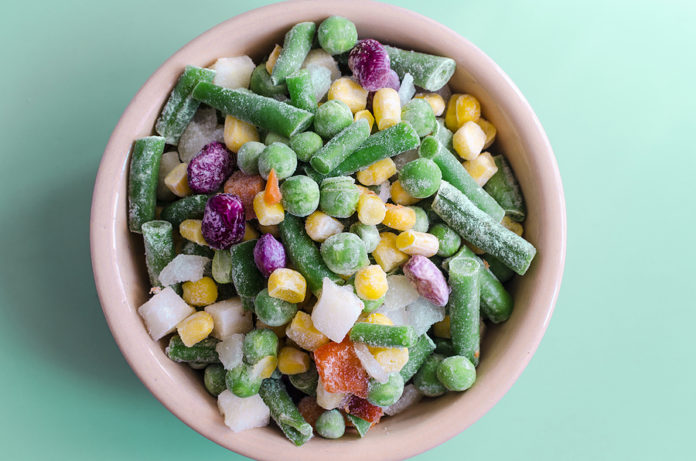
Frozen food sales are thriving, and with their growth comes an increase in energy used to freeze food products.
But that could soon change.
In a study published earlier this month, researchers at the USDA’s Agricultural Research Service (ARS) and UC Berkeley revealed that switching from isobaric to isochoric freezing would significantly reduce energy use and the associated carbon emissions by a significant amount. In a press release, Cristina Bilbao-Sainz from ARS said that the shift would be “the equivalent of removing roughly one million cars from roads.”
In isobaric freezing (the traditional method), food is frozen at a constant atmospheric pressure. In isochoric freezing, food is frozen at a constant volume. The food is sealed into a rigid container that’s completely filled with water, and the freezing process happens without turning the food into a solid block of ice.
There are several benefits of isochoric freezing:
- Quality — The food is protected from ice crystallization.
- Safety — The process kills microbial contaminants.
- Energy savings — Less energy is used because the food isn’t frozen solid.
But perhaps the biggest benefit of the technology is that it will not require a major investment in equipment — the technology can be used everywhere from a home freezer to a manufacturing plant. The researchers are currently working on scaling the technology for industrial use.








